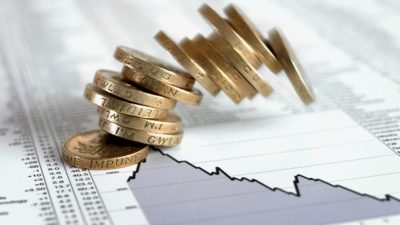Dividend shares can be a great source of passive income. And even with interest rates high, I still think they’re a better choice than savings accounts for many investors with a long-term view.
One way to build a passive income portfolio is by reinvesting dividends to earn more in future. But I think the best way is the approach Warren Buffett takes.
Warren Buffett
Warren Buffett’s investment in Coca-Cola shares has been legendary. The Berkshire Hathaway CEO invested $1.3bn in the company’s shares in 1994 and receives $736m in dividends from the investment.
Should you invest £1,000 in Synthomer Plc right now?
When investing expert Mark Rogers has a stock tip, it can pay to listen. After all, the flagship Motley Fool Share Advisor newsletter he has run for nearly a decade has provided thousands of paying members with top stock recommendations from the UK and US markets. And right now, Mark thinks there are 6 standout stocks that investors should consider buying. Want to see if Synthomer Plc made the list?
That’s a staggering 57% return each year. And there’s something else that makes it even more impressive, which is that Berkshire hasn’t reinvested its Coca-Cola dividends to buy more shares.
It’s one thing to achieve impressive results by reinvesting dividends and letting compound interest happen. But it’s another to experience that kind of growth while also keeping all of the cash the company pays out.
However, 29 years can be a long time to wait. But with Buffett’s approach, there’s no waiting involved — it’s passive income from the outset.
Unilever
Buffett’s success is built on two key foundations — investing in quality companies and giving them time to develop. Coca-Cola is a strong business and the last 29 years have allowed it to grow impressively.
Finding a stock that can achieve something similar is the real challenge. But there are a couple from the FTSE 100 that stand out to me as potential candidates.
The one that I’d focus on with £10,000 today, though, is Unilever (LSE:ULVR). Buffett actually tried to buy the firm a few years ago — for a much higher price than today’s market cap.
A £10,000 investment today would get me 264 shares and a 4% dividend yield would mean £400 per year (or £33 per month) in passive income. But I think the company has a decent chance to grow over time.
Growth
Unilever isn’t a stock that’s particularly associated with growth (it’s a bit like Coca-Cola in that regard). And the firm’s largely static revenue is a risk in an inflationary environment.
However, the business has grown its dividend at 5.5% per year for the last decade. And if this continues, the investment will return £1,889 per year, or £157 per month after 29 years.
There’s a danger things could slow down, though. If the growth rate falls to 1.5% (in line with the current buyback rate), a £10,000 investment today will pay out just £581 per year, or £48 per month.
More optimistically, though, the dividend might grow in line with earnings, which have increased by 6.5% per year over the last decade. If this continues, a £10,000 investment today could return £2,484 per year, or £207 per month.
Passive income
Earning £2,484 per year is an annual return of around 25% on a £10,000 investment. That’s short of Berkshire’s Coca-Cola investment, but opportunities like that don’t come around often.
The thing that stands out to me about the Warren Buffett method is that I could earn passive income from the start. No reinvesting needed — just letting the company grow my returns for me.







